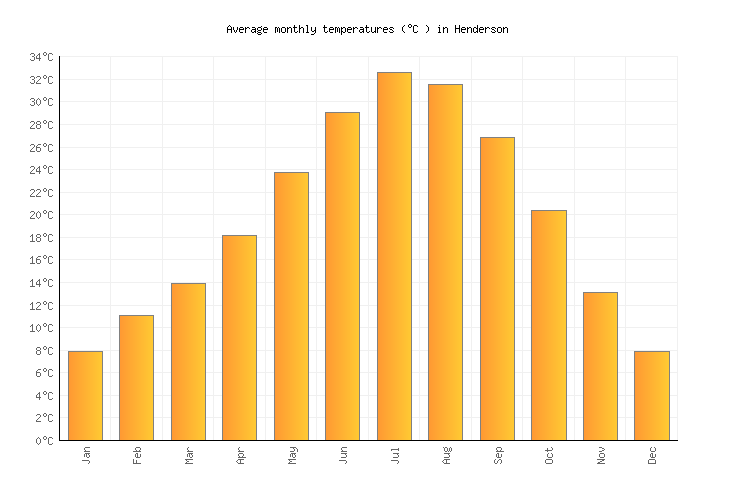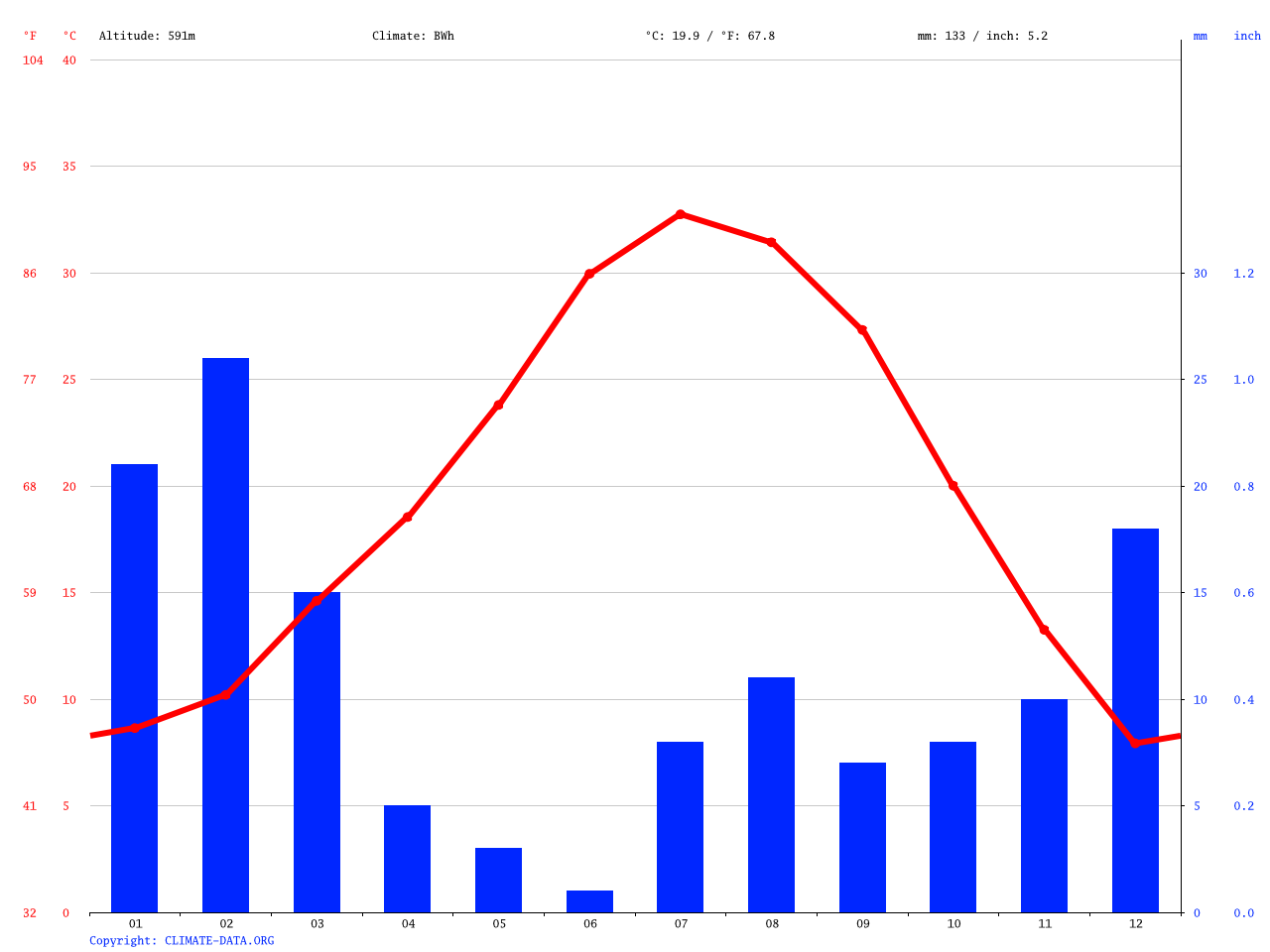Henderson, Nevada: Weather & Climate - What To Expect!
Ever wondered what it's like to live in a place where the sun shines almost constantly, but the summers can feel like standing next to an open furnace? Henderson, Nevada, offers just that: a climate of extremes, a land of sun and surprising weather patterns that define daily life.
Henderson, Nevada, a city nestled in the southeastern part of the state, offers a unique climate experience. The climate and average weather year round in Henderson, Nevada, United States, can be described as dry and mostly clear. The summers are sweltering, pushing temperatures to uncomfortable highs, while the winters bring a cold respite, though rarely dipping into truly frigid conditions. Throughout the year, the temperature fluctuates significantly, presenting a dynamic weather scenario that residents and visitors must navigate.
| Category | Details |
|---|---|
| Geographic Location | Southeastern Nevada, USA (Northern Hemisphere) |
| Average Annual Temperature | 19.9C (67.8F) |
| Temperature Range | 3C (37F) to 41C (106F), rarely below -1.1C (30F) or above 44.4C (112F) |
| Annual Precipitation | 133 mm (5.2 inches) |
| Rainy Days per Year | Approximately 10.28 days (2.82% of the time) |
| Average Relative Humidity (March) | 31% |
| Least Humid Month | June (average relative humidity of 14%) |
| Sunshine Hours (June & August) | Average of 12.1 hours per day |
| Snowfall | Minimal; February sees the most snowfall with approximately 4mm (0.16 inches) on 0.2 days |
| UV Index (June-August) | Average maximum UV Index of 8 |
| Reference Airport | Las Vegas McCarran International Airport (approximately 10 miles away) |
| Air Quality | 28% worse than the national average |
| Data Source | Statistical analysis of historical hourly weather reports and model reconstructions from January 1, 1980 to December 31, 2016. |
| Website Reference | Weather.com |
The city's climate is characterized by scorching summers. July typically marks the peak of the heat, with average high temperatures soaring to 92.7 degrees Fahrenheit. During these months, temperatures often exceed 100 degrees Fahrenheit. In contrast, the winters offer a much-needed respite. December sees the lowest average temperatures, with averages around 45.1 degrees Fahrenheit. Although cold, these winter months are generally mild, and temperatures rarely plummet below freezing. These factors cause temperature to differ significantly between summer and winter months.
Precipitation is scarce in Henderson, with an average of only 5.2 inches falling annually. Most of the rainfall occurs during the late summer and early fall months. August tends to be the wettest month, with approximately 3 inches of rainfall. Snowfall is a rarity, with February being the month most likely to see any accumulation, though it's typically minimal, averaging around 0.16 inches.
Sunshine is abundant in Henderson, making it an attractive destination for those seeking sunny skies. The months with the most sunshine are June and August, boasting an average of 12.1 hours of sunshine per day. This high level of sunshine contributes to the high UV index during the summer months, particularly from June to August, with an average maximum UV index of 8. This demands protection from the sun for those spending time outdoors.
Humidity levels in Henderson are generally low, which can exacerbate the effects of the dry climate. March sees an average relative humidity of 31%, while June is the least humid month, with an average relative humidity of just 14%. This lack of humidity can lead to dry skin and other discomforts, making it essential for residents and visitors to stay hydrated.
Understanding the monthly weather patterns in Henderson is crucial for planning activities and preparing for the changing seasons. Here's a breakdown of what to expect throughout the year:
- January: January is the coolest month of the year, with average high temperatures in the mid-50s Fahrenheit and lows in the upper 30s. The districts yearly temperature is 22.33C (72.19F).
- February: Temperatures begin to rise slightly in February, with average highs in the low 60s and lows in the low 40s. This is also the month with the highest chance of snowfall, although accumulation is typically minimal.
- March: March sees further warming, with average highs in the mid-60s and lows in the mid-40s. The average relative humidity in March is 31%.
- April: April brings more sunshine and warmer temperatures. On the first day of April in Henderson, Nevada, sunrise is at 6:24 AM and sunset at 7:02 PM.
- May: May is a pleasant month with average highs in the low 80s and lows in the low 60s.
- June: June marks the start of the summer heat, with average highs in the low 90s and lows in the low 70s. The months with the highest UV index in Henderson, Nevada, are June through August, with an average maximum UV index of 8. With an average relative humidity of 14%, June is the least humid month in Henderson, Nevada. The months with the most sunshine in Henderson, Nevada, are June and August, with an average of 12.1h of sunshine.
- July: July is the hottest month of the year, with average highs exceeding 100 degrees Fahrenheit and lows in the low 80s. The warmest month is July (101.1F) with the highest average high temperature. The month with the highest average low temperature is July (81.5F).
- August: August remains hot, with average highs in the high 90s and lows in the low 80s. It's also the month with the most precipitation, with an average of 0.24 inches of rainfall. The months with the highest UV index in Henderson, Nevada, are June through August, with an average maximum UV index of 8. The months with the most sunshine in Henderson, Nevada, are June and August, with an average of 12.1h of sunshine. In Henderson, Nevada, during August, the rain falls for 2.7 days and regularly aggregates up to 0.24 (6mm) of precipitation.
- September: September sees a slight decrease in temperatures, with average highs in the low 90s and lows in the low 70s.
- October: October is a pleasant month with average highs in the mid-70s and lows in the mid-50s.
- November: November brings cooler temperatures, with average highs in the mid-60s and lows in the mid-40s. The average high temperature in November is 64.8F, while the average low temperature in November is 44.8F.
- December: December is the coolest month of the year, with average highs in the mid-50s and lows in the mid-30s. The month with the lowest average high temperature is December (53.1F).
The weather data for Henderson is gathered from several sources, including weather stations near Henderson, such as the Las Vegas McCarran International Airport, which is located approximately 10 miles away. These stations provide valuable information on temperature, precipitation, humidity, and other weather parameters. This report illustrates the typical weather in Henderson, based on a statistical analysis of historical hourly weather reports and model reconstructions from January 1, 1980 to December 31, 2016. There are 4 weather stations near enough to contribute to our estimation of the temperature and dew point in Henderson.
The climate in Henderson, Nevada, stands in stark contrast to the national average. While the U.S. experiences an average of 38 inches of rain per year, Henderson receives only 5 inches. Similarly, while many parts of the country grapple with significant snowfall, Henderson averages 0 inches of snow per year. This dry and sunny climate is one of the region's defining characteristics.
Air quality in Henderson is a concern, with an air quality index 28% worse than the national average. This makes it all the more important to be aware of conditions, especially for people with respiratory conditions. It's a reminder that while the city offers a sunny and warm environment, environmental factors require careful consideration.
The region's bright sunshine, however, is a major draw, making it an ideal place to soak up some rays. The UV index, particularly high during the summer months, necessitates the use of sunscreen and protective clothing to mitigate the risk of sun damage. However, the clear skies and warm temperatures create an inviting atmosphere for outdoor activities.
In conclusion, Henderson, Nevada, presents a climate characterized by hot summers, mild winters, and minimal precipitation. While the air quality and high UV index require attention, the abundance of sunshine and the generally dry conditions make it an appealing destination for those who enjoy warm weather. Being prepared for the extremes is the key to comfortably enjoying all that Henderson has to offer.

Henderson Weather averages & monthly Temperatures United States Weather 2 Visit

Henderson climate Average Temperature, weather by month, Henderson weather averages Climate

Yearly & Monthly weather Henderson, NV